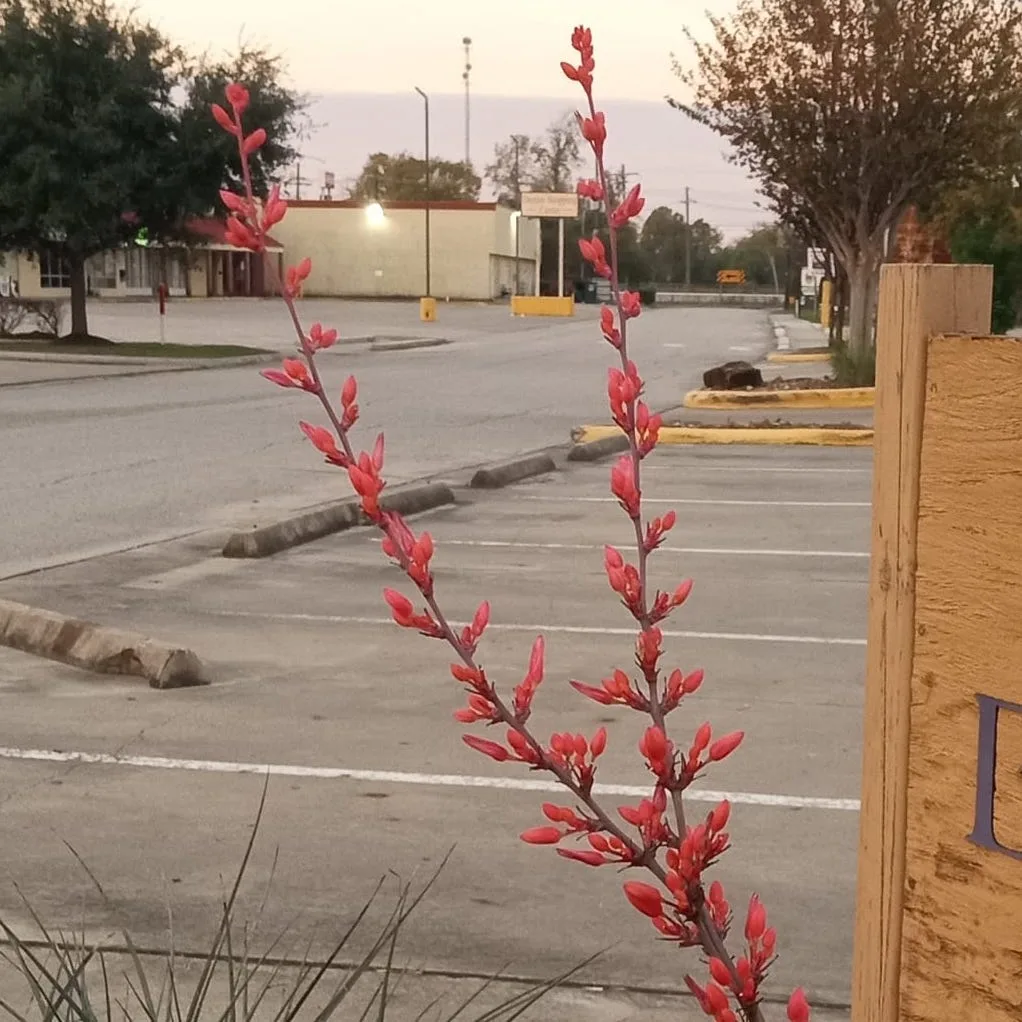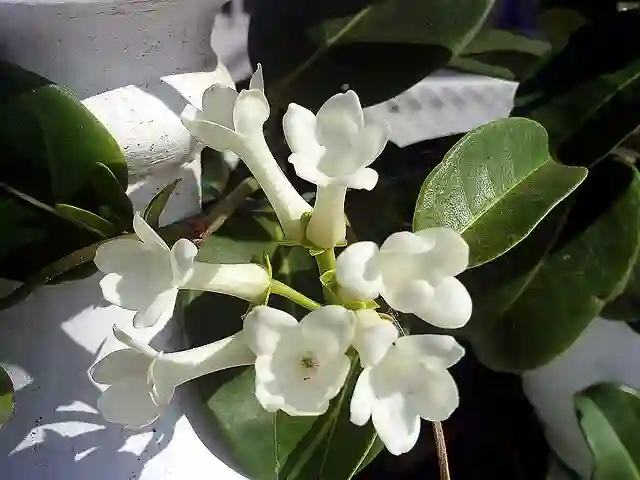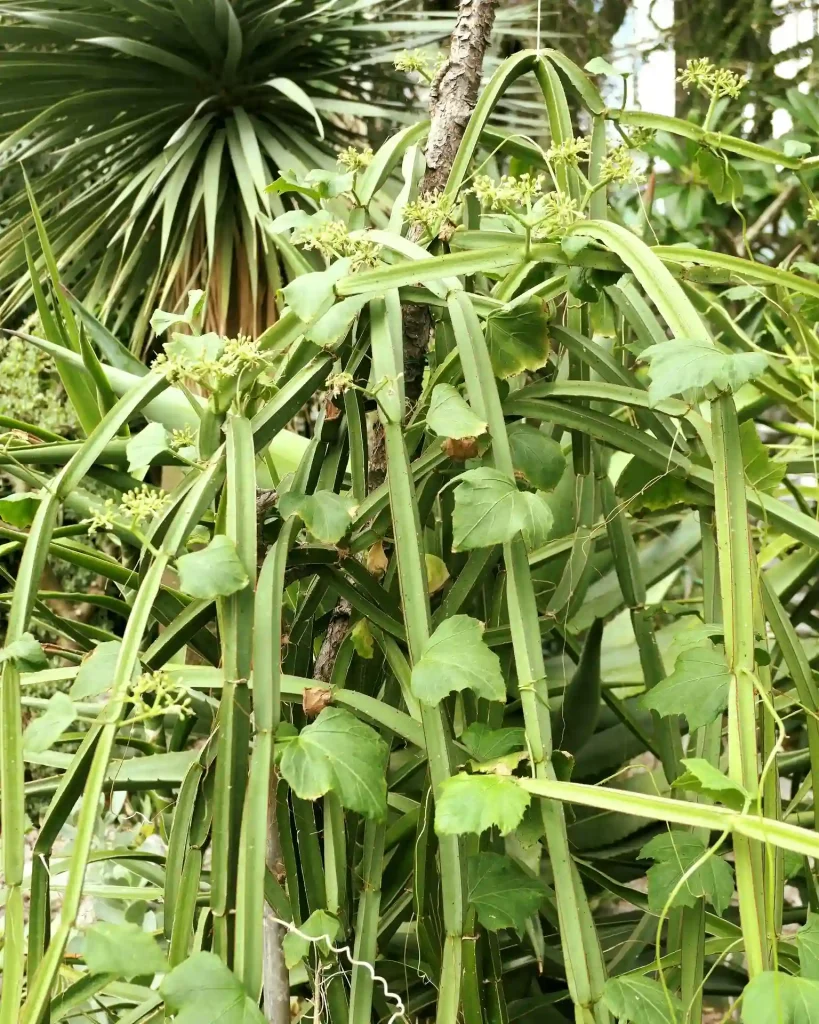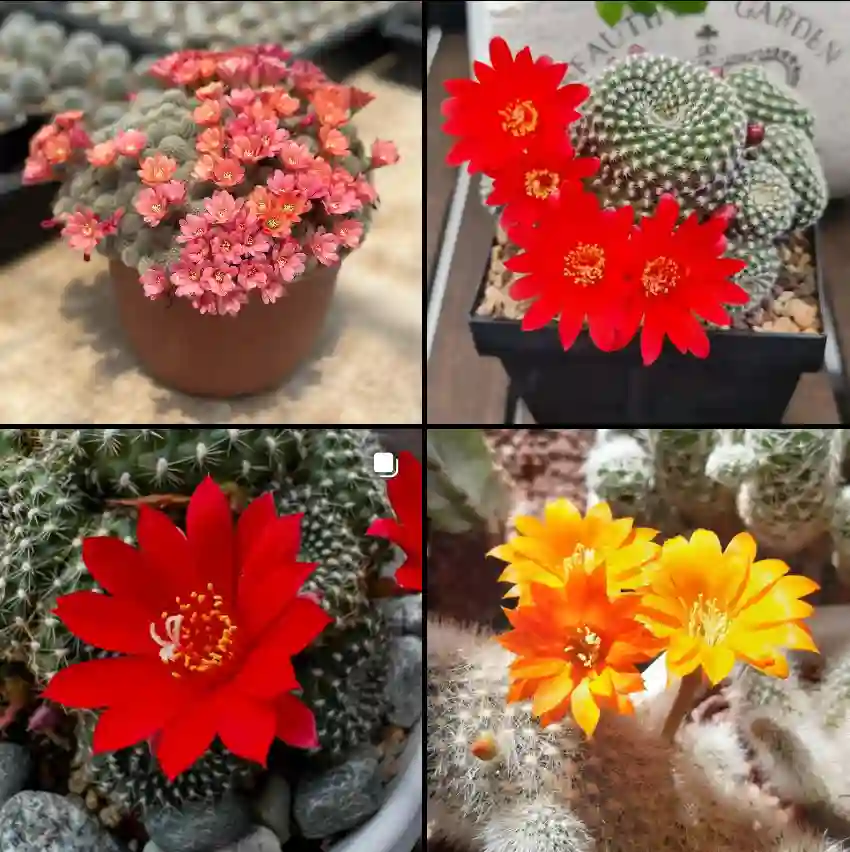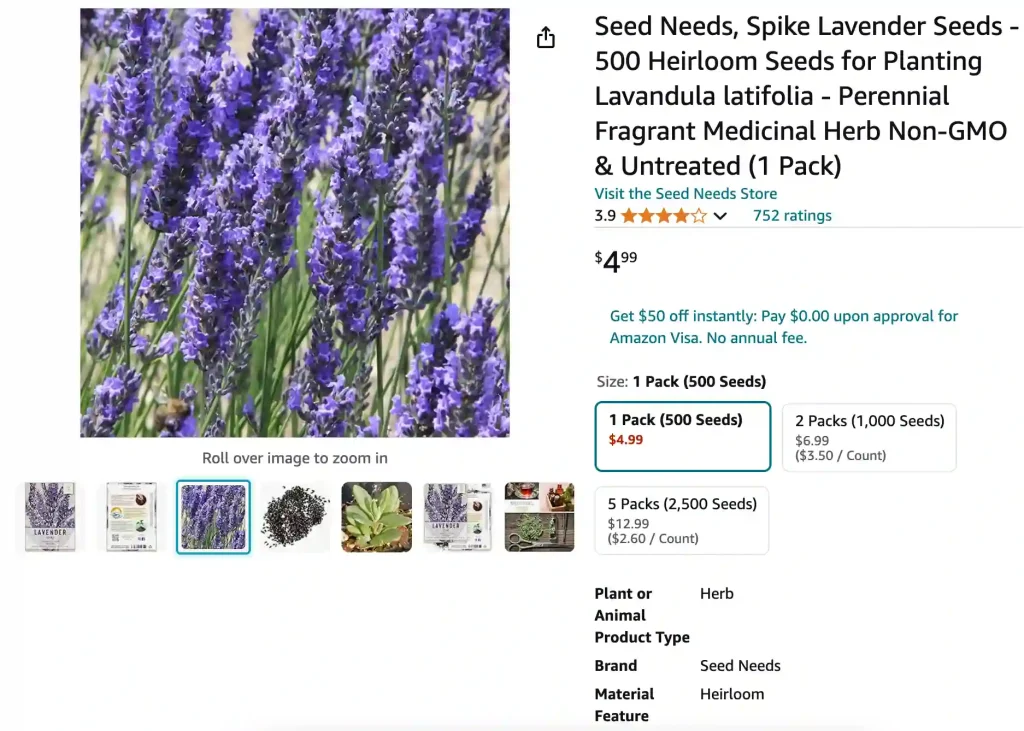
Frequently Asked Questions About Lavandula Latifolia
Lavandula Latifolia, commonly known as Spike Lavender, is a fascinating plant with a rich history and a range of uses. As someone who’s explored various lavender species, I often find myself answering common questions about this unique plant. In this article, I’ll address frequently asked questions and provide insights into its characteristics, uses, and comparisons with other lavender varieties.
49 Species in Genus Lavandula
What Is Lavandula Latifolia?
Lavandula Latifolia is a species of lavender known for its aromatic foliage and tall, upright habit. Native to the Mediterranean region, this plant is recognized for its broader leaves and more robust, camphor-like fragrance compared to other lavender varieties. It typically grows between 2 to 3 feet tall and produces spikes of violet flowers that are both beautiful and fragrant.
How to Care for Lavandula Latifolia?
Caring for Lavandula Latifolia involves a few essential steps. This lavender prefers well-draining soil and full sunlight. It’s crucial to plant it in a location where it receives at least 6-8 hours of sunlight each day. The soil should be slightly alkaline, and you should avoid heavy, clay-like soils that retain moisture. Water the plant sparingly, as it is drought-tolerant and prefers to be on the drier side. Pruning is also important; trim back the plant after blooming to maintain its shape and promote healthy growth.
How to Propagate Lavandula Latifolia?
Propagating Lavandula Latifolia can be done through seeds or cuttings. For seeds, start them indoors 6-8 weeks before the last frost date. Sow the seeds on the surface of a well-draining seed mix and lightly cover them. Keep the soil moist but not soggy. For cuttings, take 3-4 inch sections from the tips of healthy stems, remove the lower leaves, and plant them in a pot with a mix of perlite and peat. Keep the cuttings in a warm, sunny location until they develop roots.
Can You Grow Lavandula Latifolia Indoors?
Growing Lavandula Latifolia indoors can be challenging. It requires a lot of sunlight, which might be hard to provide indoors. However, if you have a sunny south-facing window or can use grow lights, it’s possible to grow it inside. Ensure the pot has good drainage and be cautious with watering, as overwatering can lead to root rot.
Is Lavandula Latifolia Toxic?
Lavandula Latifolia is generally not considered toxic to humans or pets. However, like other lavender species, it should be used with caution if ingested in large quantities. The essential oil can cause irritation if applied undiluted to the skin, so it’s wise to use it cautiously.
What Is the Difference Between Lavandula Latifolia and Lavandula Angustifolia?
Lavandula Latifolia and Lavandula Angustifolia (commonly known as English Lavender) are often compared. The primary differences lie in their appearance and uses. Lavandula Latifolia has broader leaves and a more camphor-like scent, whereas Lavandula Angustifolia has narrower leaves and a sweeter fragrance. Additionally, Lavandula Angustifolia is typically used in culinary applications and is favored for its essential oil in aromatherapy, while Lavandula Latifolia is more commonly used for medicinal and industrial purposes due to its strong scent.
Do Pollinators Select for Corolla Integration in Lavandula Latifolia?
Pollinators, such as bees and butterflies, are attracted to Lavandula Latifolia primarily due to its vibrant flowers and strong fragrance. Corolla integration, which refers to the way flower parts are fused, can affect pollinator preferences. In Lavandula Latifolia, the structure of the flower is designed to attract a variety of pollinators, enhancing its chances of successful pollination.
Is Lavandula Latifolia in Any Doterra Essential Oils?
Lavandula Latifolia is included in some doTERRA essential oil blends. It is often used for its therapeutic properties, such as its calming and anti-inflammatory effects. doTERRA combines Lavandula Latifolia with other essential oils to enhance its benefits in various wellness products.
What to Plant With Lavandula Latifolia?
Lavandula Latifolia pairs well with other drought-tolerant plants. Consider planting it alongside sage, rosemary, or thyme, which have similar soil and light requirements. It also complements ornamental grasses and succulents in garden beds and containers.
Benefits of Lavandula Latifolia
Lavandula Latifolia offers several benefits. Its essential oil is known for its antiseptic and anti-inflammatory properties, making it useful for treating minor wounds and burns. The plant also attracts beneficial insects to the garden and can be used to create a fragrant hedge or border.
Common Problems with Lavandula Latifolia
One common issue with Lavandula Latifolia is root rot, particularly if planted in poorly draining soil. Overwatering can exacerbate this problem. Pests like aphids and spider mites can also occasionally affect the plant. Regular inspection and proper care can help mitigate these issues.
In summary, Lavandula Latifolia is a versatile and aromatic plant with specific care needs and distinct characteristics compared to other lavender species. Whether you’re using it for its medicinal properties or incorporating it into your garden, understanding its unique traits and requirements can help you make the most of this delightful plant.
If i die, water my plants!
